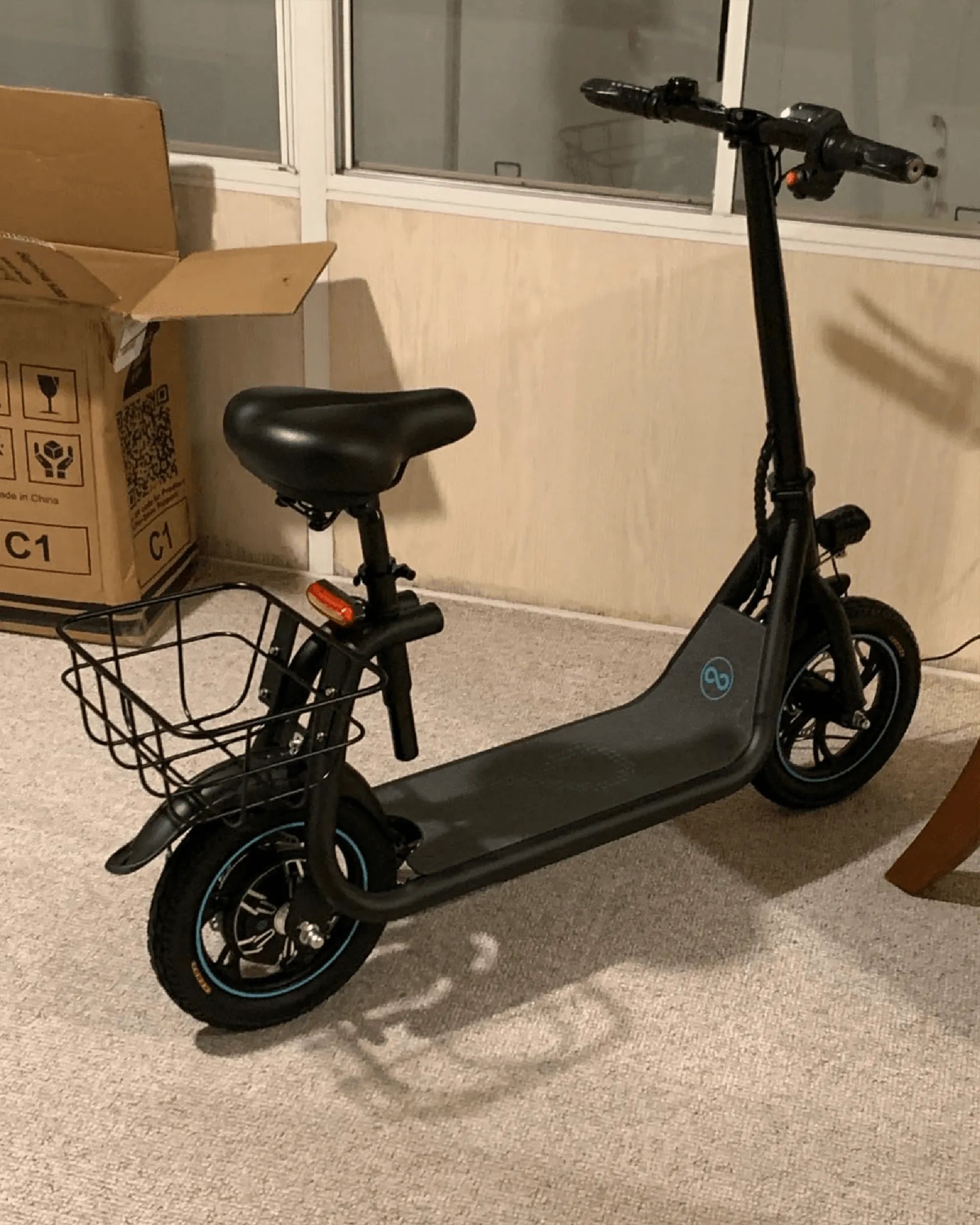Electric scooters have surged in popularity as an eco-friendly and efficient mode of urban transportation. But what keeps them running? The answer lies in their batteries. Understanding what batteries electric scooters use can help you make informed decisions about performance, range, and longevity. Let’s dive into the world of electric scooter batteries and uncover the technology behind them.
Types of Batteries Used in Electric Scooters
Electric scooters primarily rely on three types of batteries: lead-acid, nickel-metal hydride (NiMH), and lithium-ion (Li-ion). Each has its own advantages and drawbacks, influencing factors like weight, cost, and efficiency.
Lead-Acid Batteries
Lead-acid batteries are the oldest and most affordable option. They are commonly found in budget-friendly electric scooters. However, they are heavy and have a shorter lifespan compared to modern alternatives. These batteries also require regular maintenance, such as topping up with distilled water.
Nickel-Metal Hydride (NiMH) Batteries
NiMH batteries strike a balance between lead-acid and lithium-ion batteries. They are lighter and more efficient than lead-acid batteries but still fall short of the performance offered by Li-ion batteries. NiMH batteries are less common in modern electric scooters but may still be found in some mid-range models.
Lithium-Ion (Li-ion) Batteries
Lithium-ion batteries are the gold standard for electric scooters. They are lightweight, have a high energy density, and require minimal maintenance. Li-ion batteries also offer faster charging times and a longer lifespan, making them the preferred choice for high-performance scooters.
Key Factors to Consider When Choosing a Battery
Selecting the right battery for your electric scooter depends on several factors, including range, weight, charging time, and cost. Here’s what to keep in mind:
Range and Capacity
Battery capacity, measured in watt-hours (Wh), determines how far your scooter can travel on a single charge. Higher-capacity batteries provide longer ranges but may also increase the scooter’s weight and cost.
Weight and Portability
Heavier batteries, like lead-acid, can make the scooter cumbersome to carry. Lithium-ion batteries, being lighter, are ideal for commuters who need portability.
Charging Time
Lithium-ion batteries charge faster than lead-acid or NiMH batteries. If quick charging is a priority, Li-ion is the way to go.
Cost
While lithium-ion batteries are more expensive upfront, their longevity and efficiency often justify the higher cost over time.
Maintenance and Safety Tips
Proper battery care can extend the life of your electric scooter and ensure safe operation. Follow these tips to keep your battery in top condition:
Avoid Overcharging
Overcharging can degrade battery performance. Use a charger with an automatic shut-off feature to prevent damage.
Store in a Cool, Dry Place
Extreme temperatures can harm batteries. Store your scooter in a temperate environment to maintain optimal battery health.
Regularly Check Battery Health
Monitor your battery’s performance and replace it if you notice significant drops in range or charging efficiency.
The Future of Electric Scooter Batteries
Advancements in battery technology continue to push the boundaries of electric scooter performance. Solid-state batteries, for example, promise even higher energy density and faster charging times. As innovation progresses, electric scooters will become more efficient, affordable, and accessible.
Choosing the right battery for your electric scooter can enhance your riding experience, whether you’re commuting or exploring the city. With the right knowledge, you can maximize performance, range, and longevity. Ready to power up your ride? The future of electric scooters is brighter than ever.

Share:
What You Need to Know About Electric Scooters: A Complete Guide
What Are the Rules for Electric Scooters? A Complete Guide